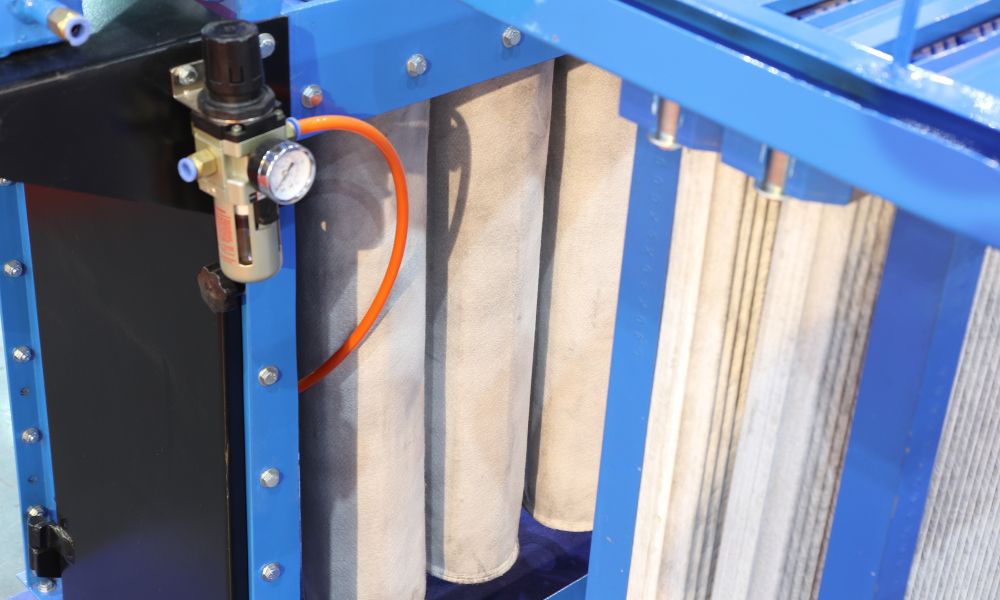Even though filters are a must-have item for any ventilation system, they aren’t a set-and-forget solution for people to use. You need to either clean or replace filters as they age because dirt and dust become trapped inside over time. Fortunately, this isn’t something you’ll have to do often unless you run a business that constantly filters massive amounts of dirty air through your systems.
If that’s the case, you need a solution that can clean these filters regularly. Luckily, the reverse pulse dust collector can do just that, but how does it work exactly? Well, that’s what we’re here to cover for you in this brief guide.
How They Work
For the most part, a reverse pulse dust collector works much like any other filtration system. Dirty air gets pulled through the filters, the filters collect the dust particles, and clean air comes out the other side. Since reverse pulse systems are designed to help with the overabundance of dirt and dust, they add a step where a burst of compressed air Sends a shock wave through the filters at set intervals which causes the cake of dust to fall off the filter.
This pulse shocks the filter enough for the dust cake – to release from the filter and fall to the collection bin below. The burst does not interrupt the general flow of air through the ventilation system while being powerful enough to knock off most of the dirt and debris.
Flaws in the System
However, like most systems, this one isn’t without its flaws. Most of the issues originate from the compressed air chamber that the air bursts come from. As the system ages, valves and manifolds could begin to leak, causing the air bursts to become weaker or stop working entirely. If placed in a cold environment, the pneumatic circuit could also freeze up.
On top of that, this system won’t keep the filters looking like new forever. Even though the reverse pulse process removes most of the dust and dirt, it doesn’t get all of it. Plus, the filter fibers will still break down as time progresses. That means you’ll still need to buy new dust collector cartridges every so often to replace your old ones.
Are They Worth It?
So now that you know how reverse pulse dust collectors work and their potential flaws, it’s time to decide if they’re worth the money for your company. In most cases, they will be. Older systems like mechanical shakers and low-pressure blowers just aren’t nearly as effective as the modern reverse pulse machines. If you need to ensure a high level of air cleanliness for your business, this system is your best option.
